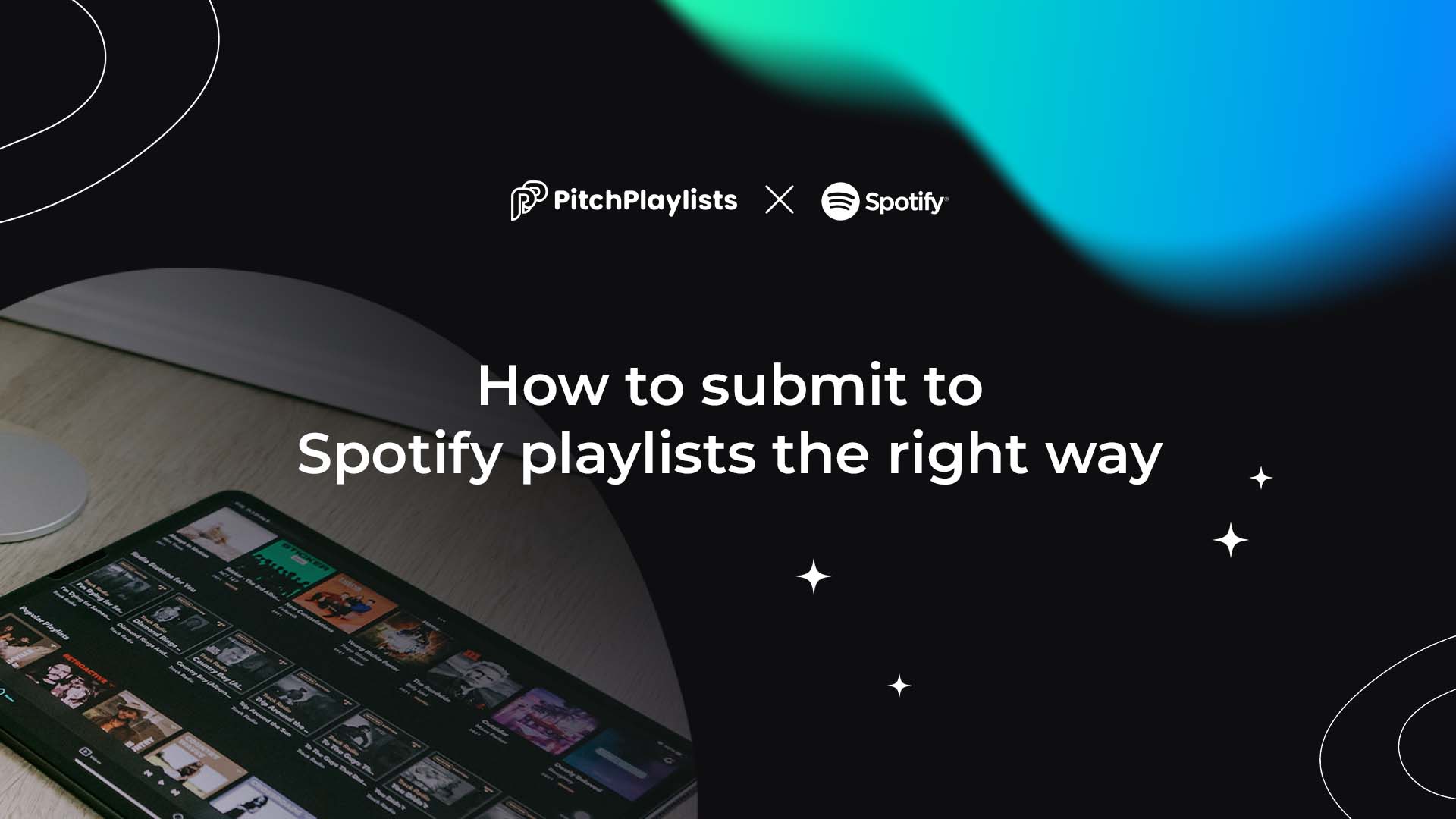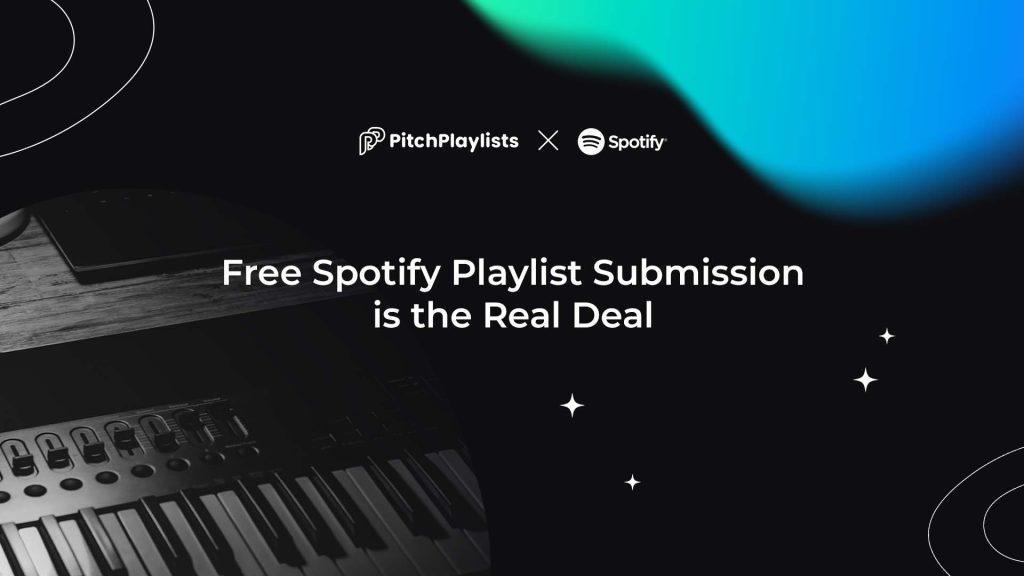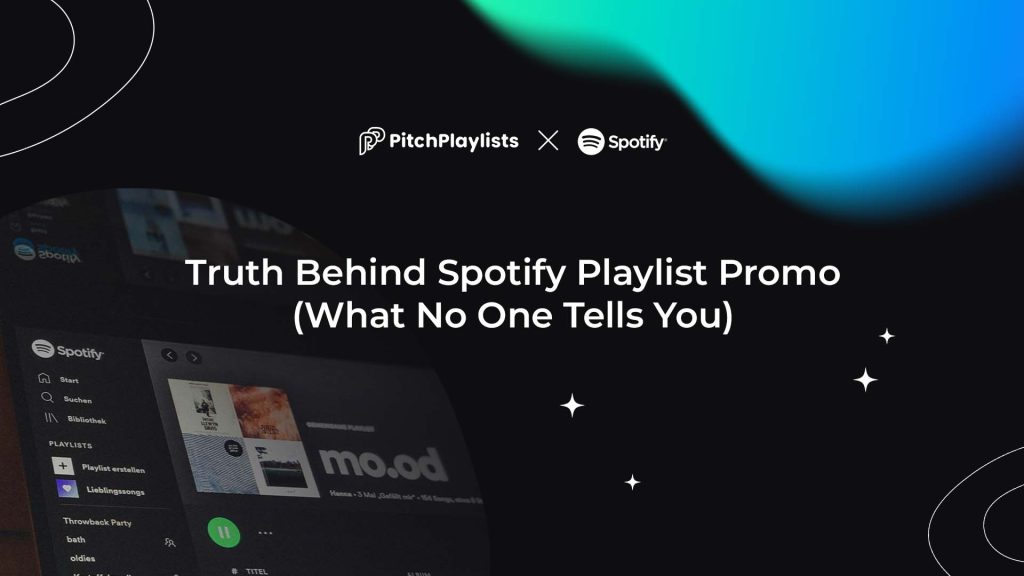
Contents
Want to share song?
Share your first track with playlists - curators are ready to check it out!
Let`s go!Contents
If you’re an independent artist, chances are you’ve been told that you should submit to Spotify playlist opportunities to grow your audience. That’s good advice if done correctly. The benefits are clear: more streams, broader reach, and potential placement in algorithmic playlists. But to blindly submit music to Spotify playlist can do more harm than good if you’re not careful.
Let’s break down how to submit to Spotify playlist the smart way, using real data, reliable tools, and safe practices to avoid botted playlists and shady curators.
Not Every Playlist Is Worth It
Before you submit to Spotify playlist, you need to understand that not all playlists are created equal. Some are built with real followers and engaged listeners. Others use bots to inflate numbers and make false promises. Ending up in the wrong kind of playlist can actually hurt your artist profile and trigger Spotify’s fraud detection systems to remove your song from platform at all.
So, the first rule is: never rush to submit to Spotify playlist Submit Free just because it has a high follower count. Numbers can be misleading.
Use Data Tools to Spot the Good from the Bad
Before you submit to Spotify playlist, use tools like:
- Artist.tools: Helps you see how the playlist is growing and how people are interacting with it. Slow and steady growth is a good sign, or you can just check what the tool says, whether it looks botted or safe.
- IsItAGoodPlaylist: helps detect sudden spikes in followers, which is a red flag.
- Chartmetrics: Provides in-depth data on playlist reach, audience location, and listener interaction, though it may come at a higher cost.
When deciding where to submit to Spotify playlist, check if the playlist has big spikes up and down. That kind of pattern often means fake followers or bots. A steady increase over time shows the playlist has real traction and real listeners.
But if you’re not looking to pay for in-depth analysis, there’s a free tool called MyStreamCount that lets you see how the stream numbers on a specific song have changed over time. You might wonder, what does this have to do with Spotify playlist promo? It’s simple: by checking when a track was added to a playlist and comparing it to the stream growth, you can get a rough idea if the playlist is helping in a natural way. Sure, it’s not 100% accurate since songs get streams from many places, but for a free tool, it still gives you helpful insights.
Ask for Stats Before You Submit
Another smart tactic before you submit to Spotify playlist is to contact the curator directly. Ask for:
- The playlist’s growth rate
- Average daily or weekly listener engagement
- Demographic breakdown of the audience (to make sure streams don’t mostly come from low-cost countries where bot activity is more likely)
A trustworthy curator will be happy to share this data. If someone refuses or gives unclear answers, that’s a sign you shouldn’t submit to Spotify playlist there.
Don’t Pay for Placement!
This is one of the biggest mistakes artists make. Curators often ask for money upfront when you submit to Spotify playlist, promising guaranteed placement. This goes directly against Spotify’s terms of service.
Paid placements not only put your artist profile at risk, but they also tend to be in playlists filled with other paid content, not music that was chosen based on quality. The best playlists are curated based on sound and fit, not payment. So whenever you submit to Spotify playlist, make sure it’s an organic and free Spotify playlist submission process.
Use Pitchplaylists for a Transparent Process
A great tool for artists looking to submit to Spotify playlist the right way is Pitchplaylists. It’s a platform that connects artists and curators without pay-for-play schemes. You can send your music weekly and get a clear response: accepted or declined. If accepted, your track is added to the playlist immediately.
When you submit to Spotify playlist through Pitchplaylists, you avoid the uncertainty of whether your track is being judged fairly. Everything is transparent. You get real feedback, and you know the playlist growth is organic.
For Curators: Build Smart with Submission Gates
If you’re a curator yourself, Pitchplaylists isn’t just for artists. When people submit to Spotify playlist via your Pitchplaylists link, you can integrate submission gates. This means artists will take specific actions like liking a song, following your playlist or profile as part of the submission.

These actions are disclosed, making the process fully transparent and trustworthy. It’s a smart, ethical way to grow your playlist while giving value to the artists who submit to Spotify playlist spots on your list.
The Bottom Line
When you submit to Free Spotify playlist, take your time to evaluate. Don’t be fooled by inflated follower counts. Use tools like Artist.tools, IsItAGoodPlaylist, and Chartmetrics. Ask for data when possible. Always avoid paid placements. And use services like Pitchplaylists to make the entire process clear, fair, and organic.
There are a lot of playlists out there. Choosing the right ones to submit to Spotify playlist can make all the difference in your music career. Do it smart, and the growth will follow.
Want to share song?
Share your first track with playlists - curators are ready to check it out!
Let`s go!



